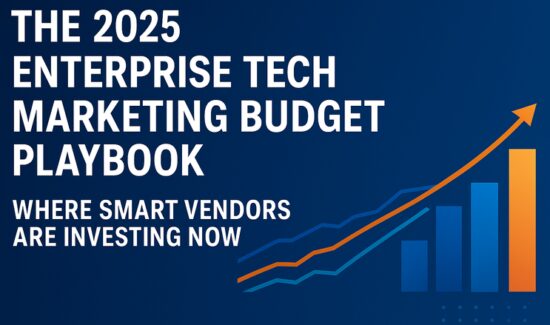How to Leverage Online Influencers with Marketing Automation

The rise of social media has seen the dawn of a new type of marketing. Influencer marketing, or the practice of reaching out to popular social media users in hopes of them promoting your brand, is still relatively new ground in the marketing world. As effective as it may seem on paper, it can become a high-risk high-reward strategy. Unless the influencer produces a carefully wrought message, social audiences will see through the attempt and label it as inauthentic, damaging both the influencer’s brand and your own. Any number of things could go wrong, but an online personality’s power over audiences is not something any marketer should sleep on.
When influencer marketing works, it really works. It’s an organic post in your demographic’s feed presented by a personality they’re familiar with and trust. It’s a triple threat of marketing wins. The first step of getting there is figuring out which influencers your demographics are watching, and by extension, which to contact. This is the first way your solution can aid in your influencer marketing strategy. Use automated email capabilities to send surveys to your target demographic and learn who they’re listening to, what social platforms they use the most, when they use social media the most, and any other metric you can think to measure. The more you know about their social habits the better.
After you have a compendium of social media knowledge, the next step is reaching out to and vetting various influencers. Lead segmentation and scoring tools will be useful here, as certain personalities are obviously not going to align with your brand. Unless you vet them properly, they are liable to do something stupid that may damage your brand by association.
You can’t 100 percent guarantee that any figure won’t do something to hurt your image; that’s part of the risk vs. reward element of working with them. What you can do is vet them over time to decrease the likelihood of that happening. After obtaining an initial list of possible influencers, treat them like you would leads in a traditional campaign. As time goes on, you’ll get a better idea as to who these influencers are and how they align with your brand. Eventually, the most qualified influencers will be made clear and you can proceed with them on your campaign.
After you’ve scored the prospects and selected the right influencers, it’s time to develop a strategy. This is going to vary depending on the type of influencer and the type of audience you’re aiming for. It is best to give the influencer a certain amount of sway since they understand their audience on a level you may not. Maybe you collaborate on a YouTube video. Maybe they visibly use your products in their regular content. No matter what you choose, it is important to make the content seem natural and not like an advertisement. Otherwise, you risk tanking the whole project.
Good influencer marketing comes off as natural and acts as an extension of the regular content that figure puts out. Automation may take away from that naturalness and will end up doing more harm than good. Ultimately, smart moves and strong planning can make influencer marketing hugely beneficial with relatively low costs compared to other traditional advertising campaigns. Although it isn’t glaringly apparent, selecting the right influencers to work with, is a lot like making a sale.
Click here to read more about the benefits of influencer marketing




















